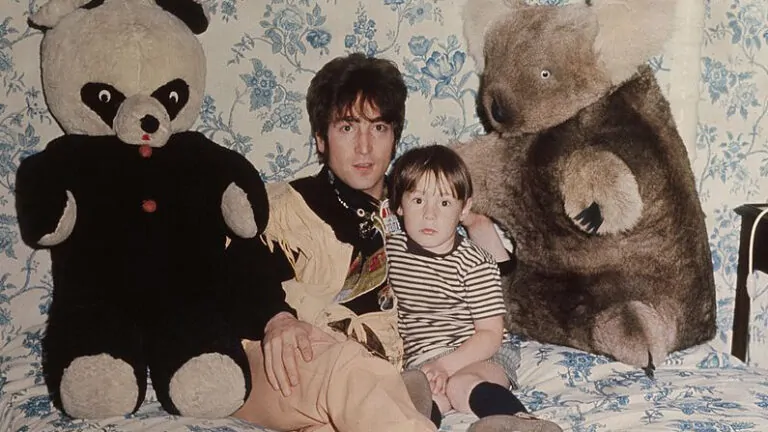
grace slick life 01 18397
Grace Slick is a name that resonates with music fans around the world. As the lead singer of iconic rock bands such as Jefferson Airplane and Jefferson Starship, Slick has left a lasting impact on the music industry. Known for her powerful vocals, charismatic stage presence, and fearless attitude, Slick has become a legendary figure in the world of rock music. However, what many people may not know about Grace Slick is her deep connection to psychedelics and the role they played in shaping her career and personal journey.
Born Grace Barnett Wing on October 30, 1939, in Chicago, Illinois, Slick grew up in a musical family. Her mother was a singer and her father was a prominent investment banker. Slick’s early exposure to music and the arts set the stage for her future career as a rock star. However, it was her encounters with psychedelic drugs that would truly shape her artistic vision and creative output.
In the 1960s, Slick became a central figure in the burgeoning counterculture movement. She was part of a vibrant community of artists, musicians, and activists who were pushing the boundaries of societal norms and exploring new forms of expression. It was during this time that Slick began experimenting with LSD, a powerful psychedelic drug that would have a profound impact on her life and music.
One of the most famous stories involving Grace Slick and psychedelics occurred in 1966 when she took LSD before a performance at the Fillmore Auditorium in San Francisco. Slick later described the experience as transformative, with the drug heightening her senses and opening up new creative pathways in her mind. The performance itself was legendary, with Slick’s electrifying vocals and stage presence captivating the audience and solidifying her reputation as a rock icon.
Slick’s use of psychedelics was not limited to recreational purposes. She saw these substances as tools for exploring the depths of her own consciousness and unlocking hidden truths about herself and the world around her. In interviews, Slick has spoken openly about how LSD in particular helped her break free from societal constraints and tap into her true creative potential.
The influence of psychedelics on Slick’s music can be heard in songs like “White Rabbit” and “Somebody to Love,” both of which became massive hits for Jefferson Airplane. These songs are characterized by their dream-like lyrics, swirling melodies, and otherworldly soundscapes, all of which reflect Slick’s psychedelic experiences and the sense of transcendence that comes with them.
In addition to her music, Slick’s public persona also reflected her affinity for psychedelics. She embraced a free-spirited, rebellious attitude that resonated with the counterculture movement of the 1960s and 70s. Slick was unapologetically outspoken about her beliefs and unafraid to challenge the status quo, making her a powerful voice for social change and artistic freedom.
Despite her close association with psychedelics, Slick’s relationship with these substances was not without its challenges. Like many artists of her generation, she struggled with addiction and the dark side of drug use. Slick has been candid about her battles with alcoholism and other substances, acknowledging the toll they took on her mental and physical health.
In recent years, Slick has become an advocate for sobriety and mental health awareness, using her own experiences to help others struggling with addiction. She has spoken openly about the dangers of drug abuse and the importance of seeking help when facing substance dependency. Slick’s journey from psychedelic experimentation to sobriety is a testament to her resilience and determination to overcome personal demons.
Today, Grace Slick’s legacy as a pioneering female rock icon continues to inspire a new generation of artists and music fans. Her fearless spirit, uncompromising creativity, and unwavering commitment to self-expression have solidified her place in music history. While her psychedelic stories may be a thing of the past, Slick’s impact on the world of rock music remains as powerful as ever.
In conclusion, Grace Slick’s psychedelic journey is a fascinating chapter in the history of rock music. Her willingness to explore the outer limits of consciousness and push the boundaries of artistic expression set her apart as a true visionary. While her experiences with psychedelics may have been controversial, they undoubtedly played a crucial role in shaping her career and personal evolution. Grace Slick will always be remembered as a trailblazer, a rebel, and a rock legend whose music continues to resonate with audiences around the world.
/Digital Sauce



